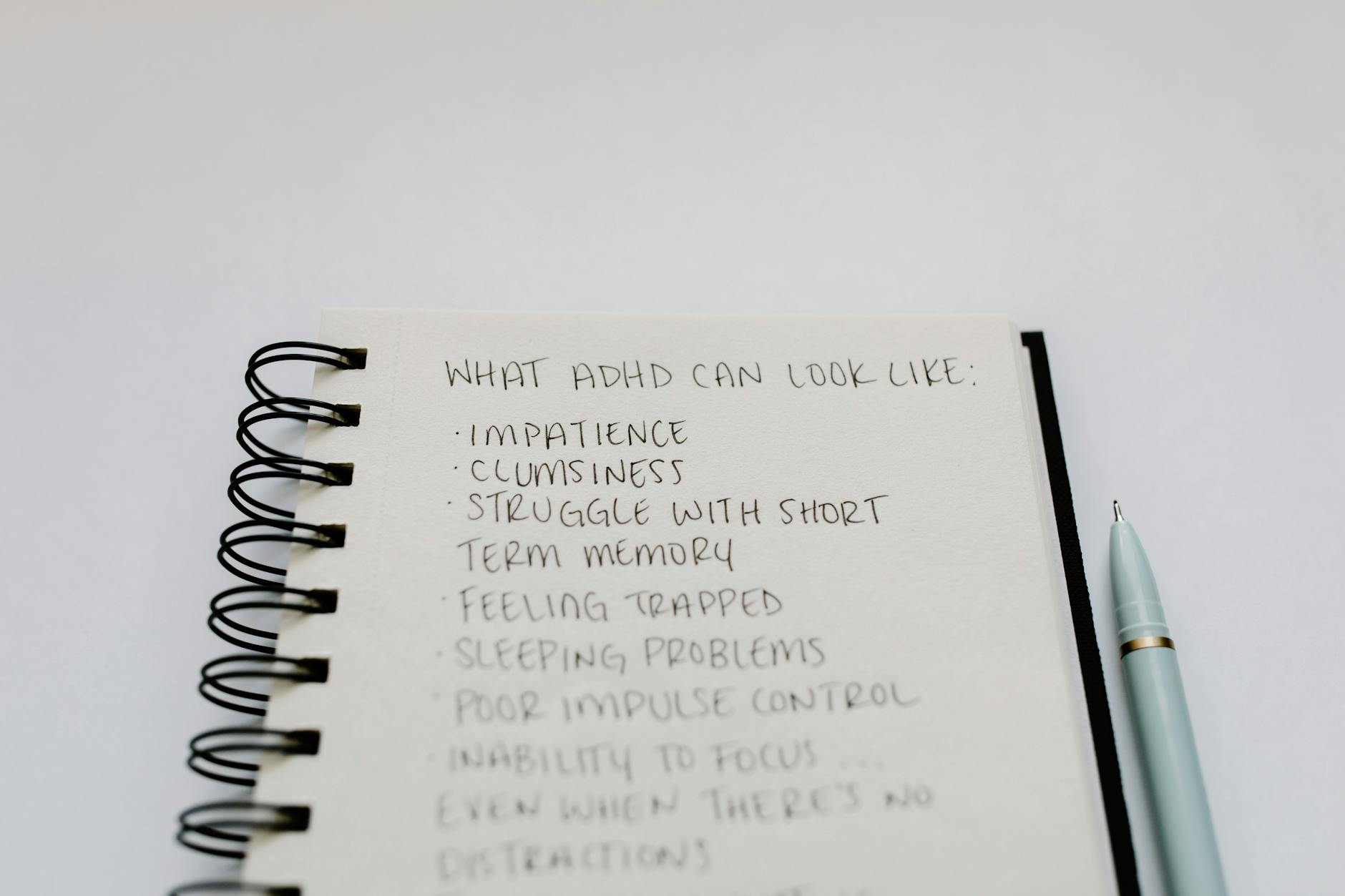Discover the secrets to managing sleep apnea and finally getting the restful sleep you deserve. Say goodbye to sleepless nights!
Table of Contents
When it comes to chronic illnesses, sleep apnea is a particularly challenging condition that can significantly impact a person’s quality of life. Characterized by interruptions in breathing during sleep, sleep apnea can lead to daytime fatigue, irritability, and other health concerns. In this blog post, we will delve into the world of sleep apnea, exploring its causes, symptoms, treatment options, and lifestyle modifications that can help individuals manage this condition and achieve a better night’s rest.
Understanding Sleep Apnea
Sleep apnea is a common sleep disorder that affects millions of people worldwide. There are two main types of sleep apnea: obstructive sleep apnea (OSA) and central sleep apnea.
Obstructive sleep apnea occurs when the muscles in the throat relax too much during sleep, causing the airway to become blocked and leading to pauses in breathing. Central sleep apnea, on the other hand, occurs when the brain fails to signal the muscles responsible for controlling breathing.
Common symptoms of sleep apnea include loud snoring, gasping for air during sleep, morning headaches, daytime fatigue, and irritability. If left untreated, sleep apnea can increase the risk of developing other health problems, such as high blood pressure, heart disease, and diabetes.
Diagnosis and Treatment
Diagnosis of sleep apnea typically involves undergoing a sleep study, either at a sleep center or at home using a portable monitoring device. During the sleep study, various parameters such as respiratory effort, oxygen levels, and heart rate are monitored to assess the presence and severity of sleep apnea.
Once diagnosed, treatment options for sleep apnea may include the use of continuous positive airway pressure (CPAP) therapy, oral appliances, surgery, or lifestyle changes.
CPAP therapy is the most common treatment for sleep apnea and involves wearing a mask that delivers a continuous flow of air pressure to keep the airway open during sleep. Oral appliances, such as mouthpieces or mandibular advancement devices, can also be used to help keep the airway open.
In some cases, surgery may be recommended to address anatomical issues that contribute to sleep apnea, such as enlarged tonsils or a deviated septum. Lifestyle changes, such as losing weight, quitting smoking, avoiding alcohol before bedtime, and sleeping on your side rather than your back, can also be effective in managing sleep apnea.
Living with Sleep Apnea
Living with sleep apnea can present its challenges, but with the right management strategies in place, individuals can improve their sleep quality and overall well-being.
In addition to following the prescribed treatment plan, creating a sleep-friendly environment can also aid in managing sleep apnea. This may involve maintaining a consistent sleep schedule, creating a dark and quiet sleep environment, and avoiding stimulants such as caffeine close to bedtime.
Regular exercise and maintaining a healthy weight can also help reduce the severity of sleep apnea symptoms. Physical activity can improve overall sleep quality and may also reduce the risk of other health problems associated with sleep apnea.
Seeking Support
It is essential for individuals with sleep apnea to seek support from healthcare providers, sleep specialists, and support groups. These professionals can provide guidance on managing sleep apnea, adjusting treatment plans as needed, and addressing any concerns or questions that may arise.
| Topic | Recommendation |
|---|---|
| Understanding Sleep Apnea | Consult with a healthcare provider if you suspect you have sleep apnea |
| Symptoms | Recognize common symptoms such as snoring, daytime fatigue, and headaches |
| Treatment Options | Consider CPAP therapy, oral appliances, or surgery as treatment options |
| Lifestyle Changes | Implement healthy habits such as regular exercise and maintaining a healthy weight |
| Sleep Environment | Create a peaceful sleep environment with minimal distractions and comfortable bedding |
| Follow-Up Care | Regularly follow up with your healthcare provider to monitor progress and adjust treatment as needed |
With proper management and support, individuals with sleep apnea can improve their sleep quality, reduce daytime fatigue, and lower the risk of developing other health problems associated with this condition.
Conclusion
Sleep apnea is a chronic condition that requires ongoing management and support, but with the right strategies in place, individuals can achieve a better night’s rest and improve their overall quality of life. By understanding the causes, symptoms, and treatment options for sleep apnea, individuals can take control of their health and well-being, one night of restful sleep at a time.
Frequently Asked Questions
How can I tell if I have sleep apnea?
Common signs of sleep apnea include loud snoring, gasping for air during sleep, morning headaches, daytime fatigue, and irritability. Seeking a consultation with a healthcare provider can help in diagnosing sleep apnea.
What are the treatment options for sleep apnea?
Treatment options for sleep apnea may include CPAP therapy, oral appliances, surgery, or lifestyle modifications such as weight loss and avoiding alcohol before bedtime.
How can lifestyle changes impact sleep apnea?
Lifestyle changes such as regular exercise, maintaining a healthy weight, quitting smoking, and creating a sleep-friendly environment can help manage sleep apnea symptoms and improve sleep quality.
Where can I seek support for managing sleep apnea?
Individuals can seek support from healthcare providers, sleep specialists, and online support groups. These professionals can provide guidance, adjust treatment plans, and address any concerns or questions related to sleep apnea.





